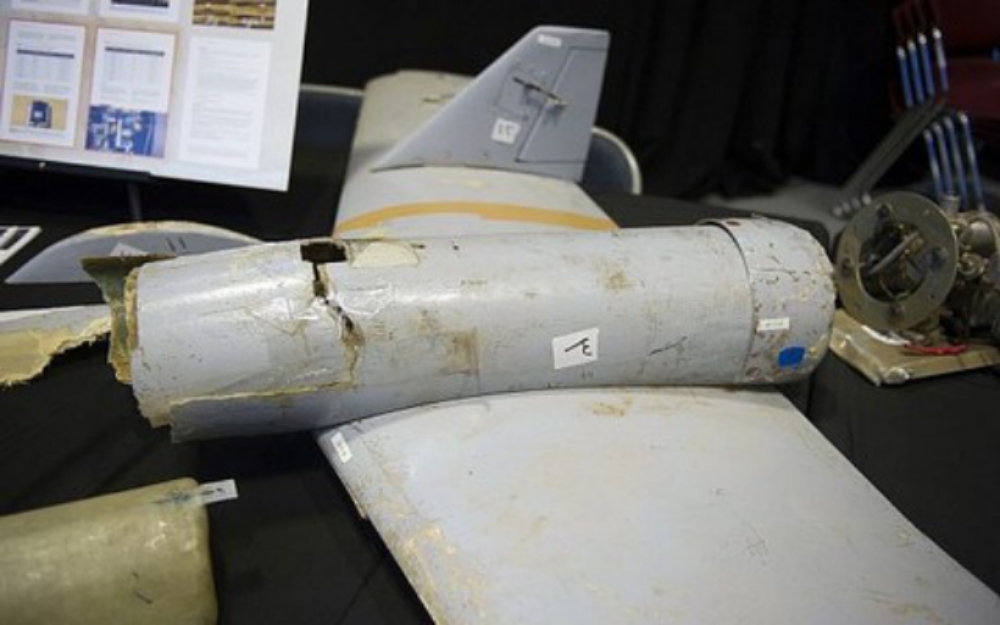Yemen’s Iran-aligned Huthi rebels have stepped up drone and missile attacks on Saudi cities, highlighting what analysts call the kingdom’s military vulnerabilities amid heightened tensions between Tehran and Washington.
Nine civilians were wounded Tuesday in a rebel attack on Abha airport in the kingdom’s south, the Saudi-led coalition fighting the rebels said, the latest in a series of recent strikes on the site.
The rebels claimed they had hit the airport with drones.
Here is a look at how the kingdom is facing Huthi retaliatory attacks four years after launching a military intervention against the rebels in Yemen, where tens of thousands have since been killed according to relief agencies.
Leap in rebel capability
The rise in drone warfare targeting Saudi civilian airports, desalination plants and other infrastructure follows the prevalence of Huthi ballistic missiles, including some that targeted the capital Riyadh.
As the US worked with Saudi Arabia to choke off missile smuggling routes, drones have emerged as a relatively low-cost and arguably more effective alternative for the rebels, experts say.
Aside from low-flying drones that are hard to detect, the rebels have also used cruise missiles in recent attacks on Saudi facilities, US and Saudi officials say, in a major leap in their military capability.
Rebel chief Abdel Malek al-Huthi has said they have the capability to reach “important and strategic” targets in Saudi Arabia, and another key coalition member the United Arab Emirates.
The Huthis are also increasingly deploying improvised sea mines in the Red Sea, which represent a “hazard for commercial shipping”, according to a report last year by a UN panel of experts.
Countering drones
The increasing drone attacks have cast a spotlight on the defence systems of Saudi Arabia, which has spent hundreds of billions of dollars on fighter planes and other military hardware.
“The Huthi attacks on Saudi territory have exposed gaps in Saudi Arabia’s air and missile defence,” said Becca Wasser, a policy analyst at the US-based RAND Corporation.
Describing the Saudi air force as “one of the strongest branches” of the country’s military, Wasser told AFP the force has nonetheless been put under “tremendous pressure” by the Huthi strikes.
The kingdom’s US-made Patriot missile defence system –- which already appears to have a mixed record in intercepting projectiles from Yemen — is not primarily designed to repel low-flying drones, experts say.
“While the air defence forces are experienced Patriot operators, it is worth noting that they are operating a missile defence system that was designed without drones in mind,” Wasser said.
Timing of attacks
The raids come amid heightened regional tensions after Washington — a key ally of Riyadh — accused Iran of shooting down a US drone over international waters, which Tehran claimed was flying in its airspace.
The United States has also blamed Iran for carrying out attacks on tankers in the strategic Gulf of Oman, an accusation vehemently denied by Tehran.
The Huthis are also striking back after persistent coalition air raids on rebel positions, including in the northern Hajjah province and the Huthi-held capital Sanaa.
“The Huthis are demonstrating deliberate targeting of key pieces of infrastructure that, if damaged or destroyed, would have a negative effect on (Saudi) civilians,” said Wasser.
“This approach is likely intended to place pressure on the Saudi government by forcing the Saudi public to feel the cost — so to speak — of the war in Yemen.”
The conflict has devastated an already poor country and left 80 percent of Yemenis dependent on some form of humanitarian or protection assistance for survival, according to the United Nations.
Iranian role
Saudi and US officials accuse Tehran of providing the Huthis with the training and designs to build their drones.
Iran denies arming the rebels, but the 2018 UN panel of experts report said it identified “missile remnants, related military equipment and military unmanned aerial vehicles that are of Iranian origin”.
It said the Huthis’ Qasef-1 drone is “virtually identical in design, dimensions and capability to that of the Ababil-T, manufactured by the Iran Aircraft Manufacturing Industries”.
It rejected the rebels’ assertion that they manufactured the drone themselves.
Source: Naharnet

